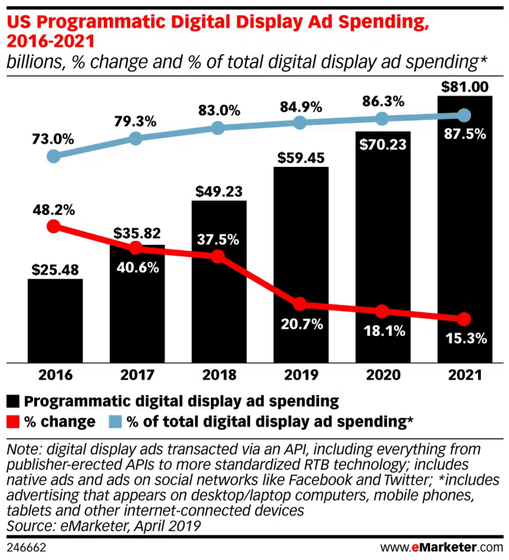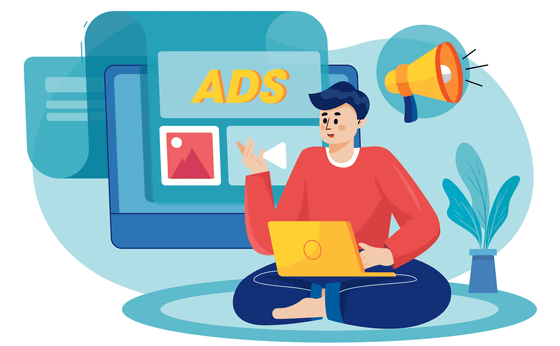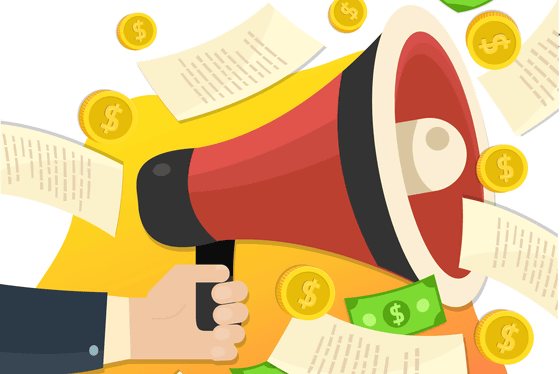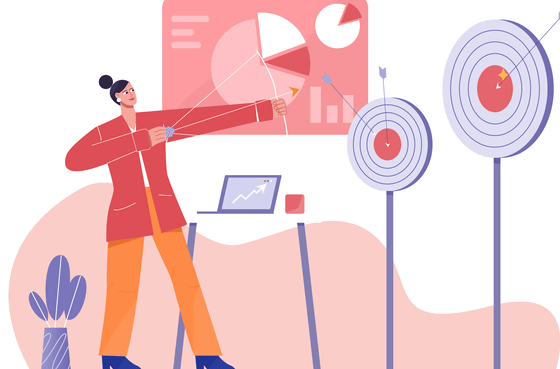What are the points of 'programmatic advertising' that marketers should know?

According to
What every marketer needs to know about programmatic advertising
https://martech.org/what-you-need-to-know-about-programmatic-advertising/

What exactly is programmatic advertising?
Hoffman begins by explaining the basic concepts of programmatic advertising. Programmatic advertising is a form of buying and selling ads through real-time auctions, where ads are 'buyed' when a visitor to your site or service loads a page. Unlike advertising such as TV commercials where you first purchase a slot or advertising with a tie-up fee, programmatic advertising allows you to adjust the budget, content of the ad, delivery fee and targeting of delivery destinations at any time. can.
Hoffman describes programmatic advertising as 'simply speaking, automated trading in the digital advertising space,' explaining that it is 'automated use of digital forms of advertising using algorithms and AI.' .

How does programmatic advertising work?
When programmatic ads are displayed, '1: When the user clicks on the site, the ad space will be auctioned and notified to
Unlike websites, when using programmatic advertising for outdoor advertising such as street vision, it is not possible to ``advertise to a specific target'', but instead ``ads for soup companies are displayed depending on the temperature. ' or 'allergy medicine ads will be displayed when pollen levels rise'.
・Types of programmatic advertising
The overwhelming majority of automated programmatic ad buying methods are called real-time bidding (RTB), which speeds up the entire process, but there are other methods as well. 'Programmatic Direct' is where you buy a guaranteed number of impressions from a specific site or site operator. Unlike RTB, it guarantees ad impressions, but doesn't do much better when it comes to audience targeting. Programmatic direct is often a fixed-price contract rather than an auction.
There are also invite-only markets called “private marketplaces”. Since the publisher invites a specific advertiser to bid, the advertiser does not need to use Ad-Exchange and can interact directly with the publisher. In a similar form, there is also a 'preferred deal' that sells premium slots prepared by publishers to carefully selected advertisers. In the case of preferred deals, the price is determined by real-time bidding above the set price.

・What is the size of the market for programmatic advertising?
According to
The image below is eMarketer's graph of 'spending on programmatic advertising limited to digital displays vs. percentage of total advertising', which is often growing significantly from 2016 to 2021. I understand. eMarketer estimates that programmatic advertising will account for 90.2% of the digital display advertising market in the United States in 2022. spending will more than double in 2020, with programmatic advertising accounting for 91% of all digital ad spend in the US.

What are the advantages of programmatic advertising?
Buying ad space from traditional media is a 'labor-intensive and time-consuming process' that requires everything from requests for proposals to negotiations and manual insertion of post-ordered ads, Hoffman said. I'm here. Programmatic advertising, on the other hand, is much more automated and much more efficient.
Additional benefits include programmatic purchase of available ad inventory, resulting in “increased customer scale” for both advertisers and publishers, as well as detailed reporting and analytics to gain insights for optimizing campaigns. , Hoffman points out that efficiency can be expected to increase profitability and advertising effectiveness. Another big advantage is that buying and selling ads has become a simpler process that is simply easier to use.

How much does programmatic advertising cost?
Programmatic advertising is often determined by a number called CPM (Cost per mille), which indicates the cost per thousand impressions. The more specific the targeting, such as the genre, target device, ad format, and placement position on the page, the higher the cost.
On average, programmatic CPMs tend to be cheaper than social media ads and offer significantly better value than offline ads, Hoffman said.

・What is a “retail media network”?
Retail media networks are networks owned by certain retailers that allow brands to purchase programmatic inventory on their websites, apps, and digitally, including in-store.
Retailers can partner with media outlets to extend brand reach using detailed shopper data, and margins on ad sales can be as high as 70% to 90%, according to research and consulting firm
What are the problems with programmatic advertising?
While programmatic advertising has many benefits, Hoffman points out that there are some real-world problems. First, much of the data underlying programmatic advertising targeting is collected via third-party cookies. However, in the EU, there are strict restrictions on cookies, and Apple devices require a procedure to approve the use of cookies, so it is unknown how long cookies can continue to be used. Hoffman said, ``If Google decides to limit the use of cookies, it can be said to be a sign of death.There are many workarounds if cookies are actually regulated, but the cost of data and data-dependent advertising is high. We expect it to be higher,” he said.
There are also cases where the feature of real-time bidding online is being abused. A coalition of Attorneys General led by Texas Attorney General Ken Paxton filed a lawsuit saying, 'Google is colluding with Meta in violation of antitrust laws.' In addition, Google is under investigation by the Department of Justice regarding multiple antitrust law issues, suggesting the danger of abuse by those who sell digital advertising.
Google faces further antitrust lawsuits, now suspected of collusion with Facebook - GIGAZINE

by Ben Nuttall
In addition, scams that exploit the prevalence of programmatic advertising are also prevalent. Some scams use automation and bots to unfairly drive web traffic, drive clicks from fake sources, and ad publishers own botnets to increase the value of their platforms. Various problems have emerged, such as a system that purchases `` $ 5 (about 720 yen) for every 1000 clicks '' from people.

On the issue of ad fraud, Augustin Fou, a cybersecurity and anti-ad fraud consultant, said: 'Advertisers who are paying want to buy hundreds of billions of ad impressions. But most people are determined. Many sites don't get that many ad impressions because they visit a small amount of sites repeatedly, and the only way to solve this is bots, resulting in middlemen, all Ad-Exchanges, all ad impressions. Publishers have an incentive to commit more fraud, and the reason ad fraud is such a big problem that it's not being resolved is that even advertisers and intermediaries are making money in the current situation, so no one wants to continue. Because they want it and no one is going to solve it,' he said.
5 keys to successful programmatic advertising
Hoffman concludes with five key points for successful programmatic advertising.
First, programmatic advertising is designed to reach the right people at the right time. However, the timing and appropriate targets must be chosen on your own. That's why strong audience targeting is paramount to a successful programmatic advertising campaign.
Second, programmatic advertising has the advantage of being able to clearly target the audience to whom the ad is served, so the ad must be designed specifically for those audiences. Combining the right image or video with the right message will give you the most ideal results.

Third, Hoffman cites an important metric to watch out for. 'Cost per click (CPC)' is an important indicator when searching for an advertising supplier, and by prioritizing sites that achieve a good 'click-through rate (CTR)', it is possible to You can avoid cases like 'too low'. In addition, for video ads, it is also necessary to pay attention to the 'cost per completed view (CPCV)', which is the price when the ad is played until the desired playback time.
Fourth, programmatic ads run on a variety of devices and in a variety of formats, so it's important to understand which campaigns are working and which ones aren't so that they're performing the best on each platform. It is desirable to build a mechanism to evaluate in multi-channel.
Finally, Mr. Hoffman points out about setting a 'frequency cap.' Frequency capping limits the number of times a display ad or video ad is displayed to the same user, and can be specified as 'once a day' or 'up to 10 times a week' when setting. Even a good ad can be annoying if the same ad is shown over and over, and less effective if not seen by many people. By using a mechanism to identify users across sites, it is possible to avoid the case of 'too many of the same ads are displayed no matter where you look' and deliver ads to more target users.
Related Posts:
in Web Service, Posted by log1e_dh







